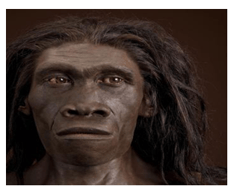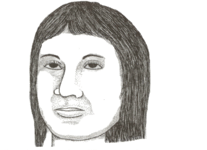Evolution of Man
Evolution of Man: Overview
This Topic covers sub-topics such as Human Evolution, Hominoidea, Cercopithecoidea, Ardipithecus ramidus, Suborder Anthropoidea, Homo sapiens, Homo neanderthalensis, Homo erectus and, Homo habilis
Important Questions on Evolution of Man
Old World monkeys are native to America.
Write some characteristics of Superfamily Cercopithecoidea?
_____ (Old World monkey/New World monkey) is the common English name for a family of primates known taxonomically as the Cercopithecidae.
Old World monkeys all belong to one family, Cercopithecidae.
What are some of Ardipithecus ramidus primitive features that are connected to arboreal climbing?
What caused the extinction of Ardipithecus ramidus?
Ardipithecus ramidus, nicknamed in 1994 'Ardi' (meaning 'ground' or 'root'),
Why the foot of Ardipithecus ramidus was more rigid than chimpanzees?
Ardipithecus ramidus had a relatively larger brain.
Bipedal locomotion is the characteristic feature of _____ (Homo sapiens/Neanderthal man).
The characteristic possess by Homo sapiens is _____.
Homo sapiens or Modern humans show an average cranial capacity of around 1400–1500 cc.
Describe the physical characteristics of Homo neanderthalensis.

Identify the earliest species in the human lineage and describe in your own words about them:
There is speculation that _____ and underground tubers may have been significant food sources for Homo erectus.
The earliest evidence of hearths occurs during the time range of Homo erectus.
Which species is known as ‘handy man’?
The discovery of Homo erectus began in 1959 when two teeth were unearthed at Olduvai Gorge in Tanzania.
The braincase of Homo habilis is larger than that of Australopithecus.
Who discovered the fossil of Cro-Magnon ManTheThe given picture shows the face of a Cro-Magnon Man.

